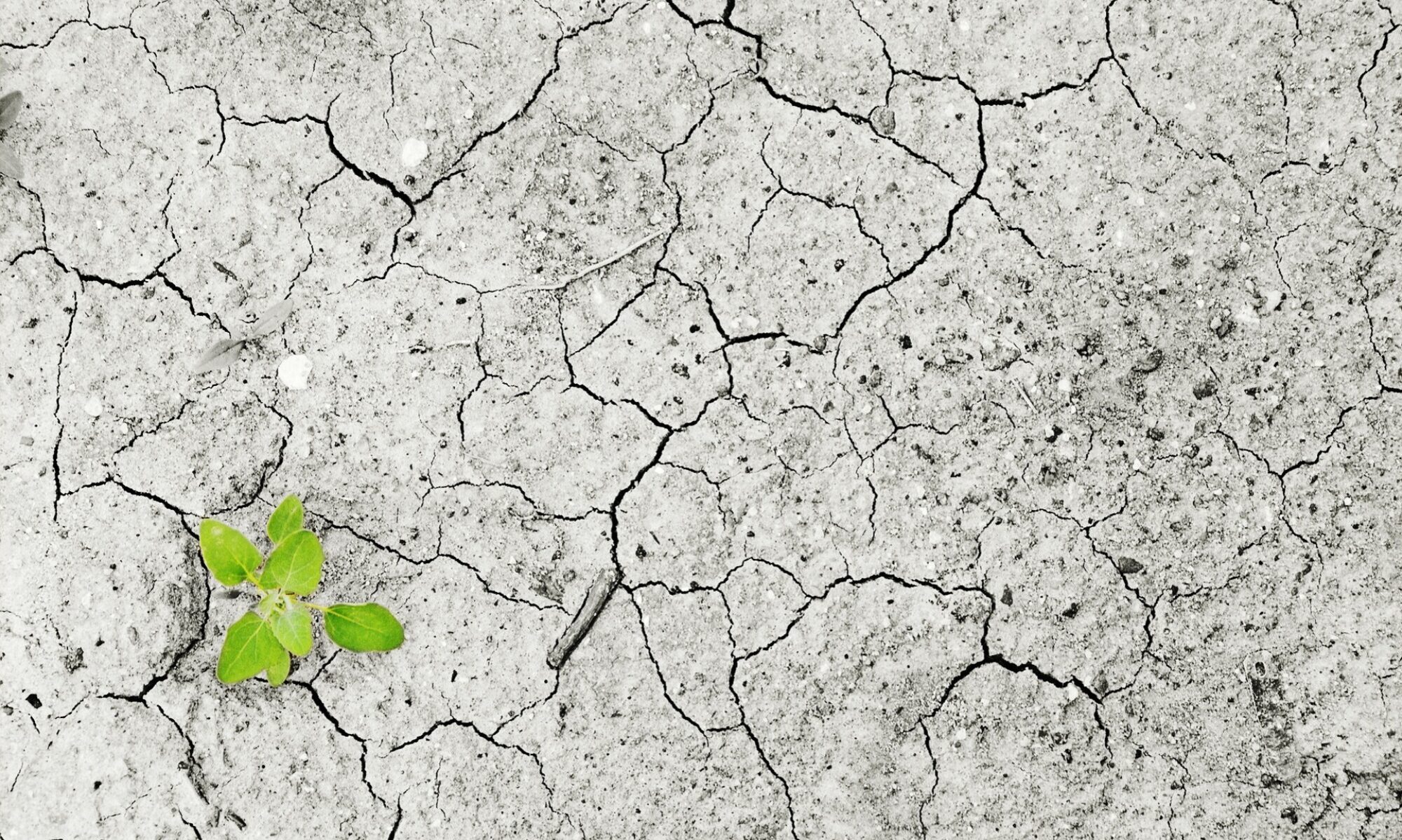8 April 2021 – by Benjamin St. Laurent
Residents of the Indian state of Uttarakhand, which sits a few hundred miles north of New Delhi and is bordered to its north by the Himalayas, have come face to face with the deadly impacts of climate change. In early February, the effects of melting glaciers in the Himalayas caused a flash flood of debris-filled water to crash through the Tapovan Vishnugad Hydropower Plant. Reports have estimated the death toll may be as high as 200, as search and rescue efforts were stymied by the harsh terrain around the Dhauliganga River. The flash flood was likely triggered by a massive section of glacial ice breaking free and causing a surge of water to rush downriver. Evidence shows that climate change is increasing the frequency and severity of these disasters by exacerbating extreme rainfall in the region as well as raising the average temperature of the glacial ice.
In a country grappling with the task of providing electricity for its growing population, the increased risk of severe flooding and avalanches may put India’s goal of expanding electricity access and reducing power outages at risk. According to The Associated Press, experts tasked with studying the impact of receding Himalayan glaciers on dams in the area have long recommended that hydroelectric projects “take into account the ecological fragility of the mountains and the unpredictable risks posed by climate change”, and other sources of renewable energy may pose less harm to the local community. But the human impact that these disasters have on residents of Uttarakhand is too often overlooked.
The increased risk of severe flooding and avalanches has already killed thousands of Uttarakhand residents and displaced many others. NPR reported that a number of villages immediately began evacuating residents and nearby riverside areas were put on high alert. According to the Potsdam Institute for Climate Impact Research (PIK), climate change is increasing the frequency of migration in Uttarakhand as well as the risk associated with relocation. To better accommodate the needs of migrants, PIK recommends that policymakers establish safe routes of migration and support the development of alternative livelihood options for the large population of agricultural workers who may be forced to leave their land behind.
Sources
Prakash Kashwan, N. (2021). Hydropower projects are wreaking havoc in the Himalayas. Retrieved 4 April 2021, from https://www.aljazeera.com/opinions/2021/3/19/hydropower-projects-are-wrecking-havoc-in-the-himalayas
BBC. (2021). Uttarakhand dam disaster: Race to rescue 150 people missing in India. Retrieved 5 April 2021, from https://www.bbc.co.uk/news/world-asia-india-55975743
Vaidya RA, Shrestha MS, Nasab N, Gurung DR, Kozo N, Pradhan NS, Wasson RJ, Shrestha AB, Gurung CG, Bajracharya A, Dasgupta P, Shrestha MS, (2019) Chapter 11: Disaster Risk Reduction and Building Resilience in the Hindu Kush Himalaya In: Wester P, Mishra A, Mukherji A, Shrestha AB (eds) The Hindu Kush Himalaya Assessment. Springer Nature, Cham, p 402. https://doi.org/10.1007/978-3-319-92288-1_15
Ghosal, A. (2021). Himalayan glacier disaster highlights climate change risks. Retrieved 4 April 2021, from https://apnews.com/article/climate-climate-change-courts-avalanches-india-7be7a76eea4d497b22609ff3d5194e69
Frayer, L. (2021). Scores Are Feared Dead In India After Himalayan Glacier Breaks Away. Retrieved 5 April 2021, from https://www.npr.org/2021/02/07/965046888/scores-are-feared-dead-in-india-after-himalayan-glacier-breaks-away
Upadhyay, H., Vinke, K., Bhardwaj, S., Becker, M., Irfan, M., George, N.B., Biella, R., Arumugam, P., Murki, S.K., Paoletti, E. (2021): Locked Houses, Fallow Lands: Climate Change and Migration in Uttarakhand, India. Report, Potsdam Institute for Climate Impact Research (PIK), Potsdam and The Energy and Resources Institute (Teri), New Delhi. Retrieved 4 April 2021, from
https://www.pik-potsdam.de/en/news/latest-news/locked-houses-fallow-lands-climate-change-and-migration-in-the-himalayan-state-of-uttarakhand-india


